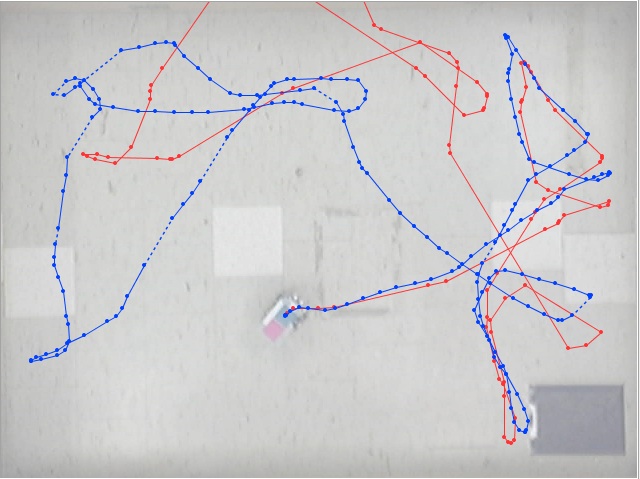 2023
2023 2022
2022 2021
2021 2020
2020 2019
2019 2018
2018 2017
2017 2016
2016 2015
2015 2014
2014 2013
2013 2012
2012 2011
2011 2010
2010 2009
2009 2008
2008 2007
2007 2006
2006 Entropy
Entropy About Work
About Work Cartography
Cartography Unplugged
Unplugged Fledermaus
Fledermaus Nickels and Dimes
Nickels and Dimes Voxel Sphere
Voxel Sphere Moo Down
Moo Down Googled
Googled Night Vision
Night Vision Teamwork
Teamwork Carleton
Carleton Design Patterns
Design Patterns Table Sorter
Table Sorter Course Correction
Course Correction MobWrite
MobWrite Instant Delete
Instant Delete Beirut
Beirut WbOsMuRtPtE
WbOsMuRtPtE Diff, Match & Patch
Diff, Match & Patch Fuzzy Patch
Fuzzy Patch Fuzzy Match
Fuzzy Match Diff Cleanup
Diff Cleanup What's the Diff?
What's the Diff? Diff Accelerators
Diff Accelerators Widget
Widget Lord of the Rings
Lord of the Rings Makers
Makers Generic Icons
Generic Icons Colour Picker
Colour Picker 2005
2005 2004
2004 2003
2003 2002
2002
Teamwork
21 October 2006
The robotics course at Carleton is an enormous amount of fun. Mapping, wall following, emergent behaviours, kinematics, path planning. Every week there's a brutal lab where one has to implement one of these topics on a temperamental little two-wheeled bot. Below is a trace of random wandering; the blue line is the robot's actual path, the red line is the robot's perception of where it is based on wheel turns.

As one can see, the angle starts to drift over time (which is expected given that the wheel encoders only have a 22.5° resolution). Part of the joy was doing everything in 2KB with integer math. It's fun to examine the other results from the class. Many of them simplified the problem by only turning on the spot or by beaming the raw data back to a PC where they could crunch the numbers in Java. It was a tough problem.
I had a significant and unfair advantage. While everyone else was stuck working in teams of two, my assigned lab partner dropped the course. Working alone makes the process much easier. One doesn't have to spend time explaining how things work. One doesn't have to come in after-hours to quietly rewrite one's partner's contribution. One doesn't have to deal with unstructured, unmaintainable, buggy programming. One can simply do it right, the first time.
Programming as a team does work on rare occasions. The last project I collaborated on with someone (in person) who wrote trustworthy code was MOOzilla with Lao. I think the trick is finding people who code at similar quality levels. If one can't trust one's partner's code to execute as intended, then being a team is of little value. Team programming is a bit like parachuting: the result is either really great, or really bad, without much middle ground.